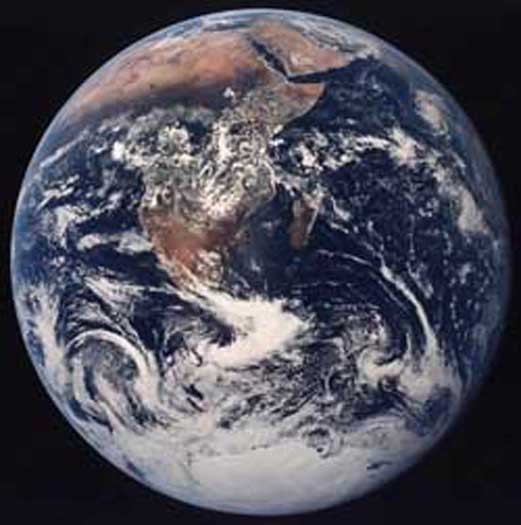return to Home Page
or move on to Goddess Ursel, next chronologically,
or use Her Cyclopedia Index
Ertha, Earth.
6Ð1
[to Whom the eighth day of July, day 189, is dedicated]

return to Home Page
or move on to Goddess Ursel, next chronologically,
or use Her Cyclopedia Index
Ertha, Earth.
6Ð1
[to Whom the eighth day of July, day 189, is dedicated]
